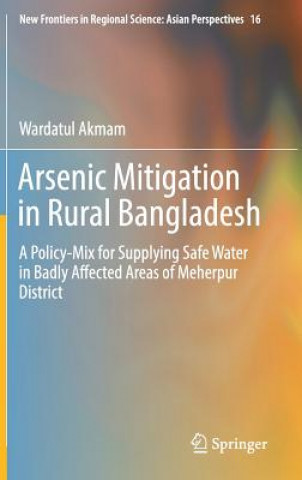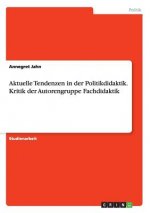
Doručení
Nákupní rádce





Nehodí se? Vůbec nevadí! U nás můžete do 30 dní vrátit
 Dárkový poukaz
V libovolné hodnotě
Dárkový poukaz
V libovolné hodnotě
S dárkovým poukazem nešlápnete vedle. Obdarovaný si za dárkový poukaz může vybrat cokoliv z naší nabídky.
Arsenic Mitigation in Rural Bangladesh
 Angličtina
Angličtina
 154 b
154 b
30 dní na vrácení zboží
Mohlo by vás také zajímat


Based on micro-level empirical research, this book uniquely addresses the problem of arsenic contamination in ground water in Bangladesh in a comprehensive way. At the outset, the book puts forward the opinions of experts regarding the cause of arsenic contamination in ground water in Bangladesh, followed by sample surveys depicting socioeconomic and arsenic-related situations in three arsenic-affected villages in Meherpur district, Bangladesh. The major contribution of the author is the mixed-integer Pareto optimality model (tested and proved through computer simulation), developed in order to supply safe water to the badly affected people in Taranagar village. The model takes into account such issues as the costs of different safe water options, exposure to arsenic and bacteria, distance of the water source from home, indigenous cultural traits, environmental safety and acceptability of the options to the people. Besides successful development and application of the model, the book outlines ways to persuade people to change their habits regarding drinking tube-well water and proposes a system through which safe water can be supplied to Taranagar village. The book emphasizes socioeconomic, environmental and administrative aspects of selecting an optimal safe water option and ensuring consumption from safe water sources, which can be tested for other arsenic-affected areas as well. With relevant, attractive charts, tables, graphs, flowcharts and other graphics and with lucid language, the book makes rather difficult theoretical economics issues easily comprehensible and interesting to general readers, graduate and undergraduate students, researchers and NGO/GO workers who are dedicated to providing safe water to people affected by arsenic contamination.
Informace o knize
 Angličtina
Angličtina
Kategorie




 Jak nakupovat
Jak nakupovat





























